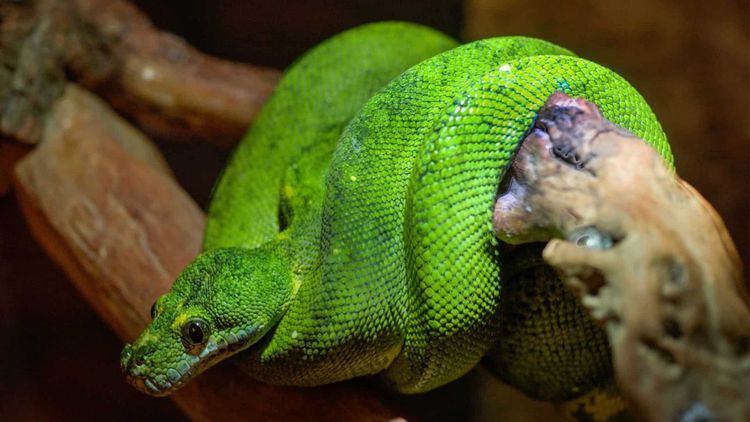Ancient Egypt was a cradle of deadly, poisonous snakes: Study

The written records of ancient civilisations offer a unique perspective on the animals that once roamed alongside our ancestors. One study, based on venomous snake descriptions in an ancient Egyptian papyrus, reveals the surprising diversity of these creatures in the land of the pharaohs. This research sheds light on the reasons why snakebite treatment preoccupied ancient Egyptian authors and offers valuable insights into the wildlife they coexisted with.
Ancient texts such as the the Brooklyn Papyrus, dating back to approximately 660-330 BCE (but likely a copy of an even older document), lists various snake species known at the time, their bite effects, and treatments. The papyrus also associates deities with these snakes, suggesting spiritual significance, according to Science Alert.
One intriguing discovery in the Brooklyn Papyrus is the description of the "great snake of Apophis," a deity that assumed the form of a snake and whose bite led to quick death.
Notably, this snake possessed four fangs, an unusual feature in modern-day snakes. The modern snakes found in Egypt, such as vipers and cobras, typically have two fangs.
The role of climate niche modelling
A statistical model called climate niche modelling was employed. This technique reconstructs the environmental conditions in which a species could thrive, identifying areas with similar conditions. By incorporating historical climate data, it creates maps of potential habitats for species in the past.
The study revealed that the more humid climates of early ancient Egypt could have supported a variety of snakes not currently found in the region.
The focus was on ten species from the African tropics, the Maghreb region, and the Middle East, including notorious venomous snakes like the black mamba, puff adder, and boomslang.
The findings suggest that nine out of the ten species could have lived in ancient Egypt. Some may have inhabited the southern and southeastern parts of the country, which now correspond to modern northern Sudan and the Red Sea coast.
Others might have thrived in the Nile valley or along the northern coast, in regions that were part of Egypt thousands of years ago.
Ecosystem changes
Over millennia, the climate changed, leading to desertification around 4,200 years ago. However, these changes were not uniform. In areas like the Nile valley and the coast, farming and irrigation likely slowed desertification, allowing many species to persist into historical times.
This study underscores the value of combining ancient texts with modern technology. Even imprecise or fanciful descriptions in ancient records can provide substantial insights.
WATCH WION LIVE HERE:
























































